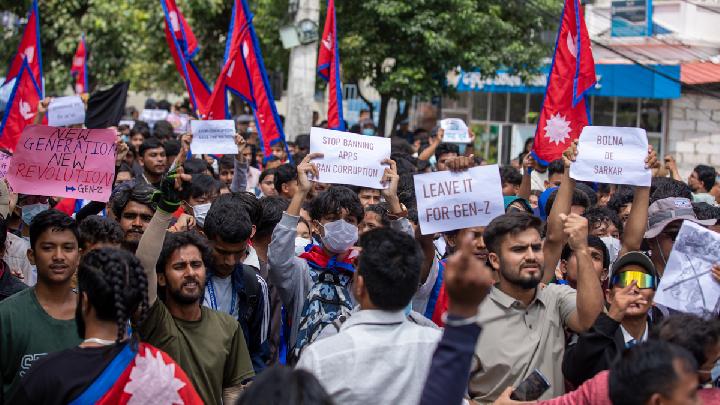By The Hindu Bureau
Copyright thehindu

In the first reported case of its kind in Karnataka, a captive rock python at Chitradurga’s Aadumalleshwara Zoo, suffering from a benign tumour, underwent successful surgery at the Wildlife Rescue and Conservation Centre in Bengaluru.
Veterinarians and officials from the Karnataka Forest Department told The Hindu that benign tumours are extremely rare in pythons in Karnataka, with no previously recorded cases, particularly in rock pythons, which are listed as ‘near threatened’ on the International Union for Conservation of Nature’s Red List. However, last year a similar case was reported in Mumbai, where the snake was reportedly successfully treated.
On July 3, Aadumalleshwara Zoo authorities, managed by the Karnataka Forest Department, sent a rock python with a tumour in its mouth to Bengaluru’s People for Animals (PFA) hospital for surgery and rehabilitation. After two months of intensive care, the python, earlier unable to even eat, regained its hunting ability and was later returned to the zoo.
A source at Aadumalleshwara Zoo confirmed to The Hindu that the snake has fully recovered and is now living normally.
Nirupama Jaisingh, a veterinarian at a private conservation centre that undertakes assignments for the Forest Department, said she had never previously encountered a benign tumour in pythons. “Usually, snakes do develop lumps, but the recorded history largely points to parasitic infections as the cause. This benign tumour may be an incidental finding,” she told The Hindu.
Dr. Navaz Shariff, chief wildlife veterinarian at PFA, who treated the python, explained that the location of a benign tumour is a critical factor in determining its impact. “In this case, the tumour was confined to the lower jaw, making it difficult for the snake to open its mouth for hunting. Without intervention, the reptile would have died of starvation,” he said.
Initial smear tests revealed abundant nucleated red blood cells but very few neutrophils, suggesting a weakened immune system. “We then collected tissue around the growth and sent it for histopathology, which confirmed the tumour but showed it was not metastatic,” Dr. Shariff said, adding that treatment was started immediately.
Since the python was unable to feed, doctors had to use assisted feeding methods. A CO2 laser, commonly used for delicate avian and reptilian tissues, was employed to remove the affected tissues surgically. The snake was then kept under observation and made a full recovery within a month.
Dr. Shariff suggested two possible causes for the tumour, zoo environment and genetics, but said nothing conclusive was found, even after discussions with the caretakers of the zoo.



